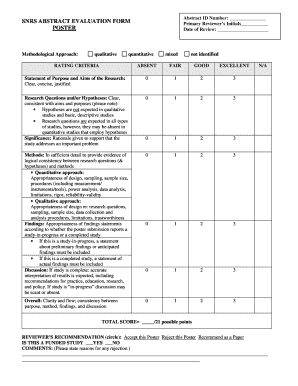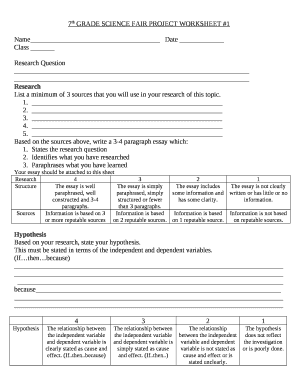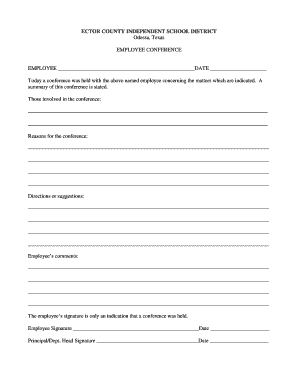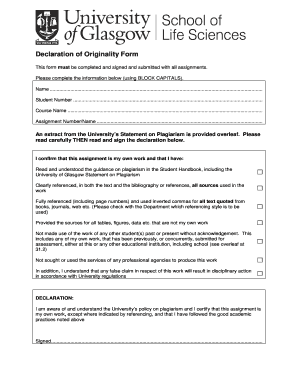Explore Research paper topic Abstract Templates library and select the form that will increase your productivity. Sign up for a complimentary DocHub account to modify, distribute, and securely store your documents.








Your workflows always benefit when you can easily locate all of the forms and documents you require at your fingertips. DocHub gives a vast array of documents to ease your daily pains. Get hold of Research paper topic Abstract Templates category and quickly find your document.
Begin working with Research paper topic Abstract Templates in a few clicks:
Enjoy fast and easy form managing with DocHub. Check out our Research paper topic Abstract Templates online library and get your form right now!